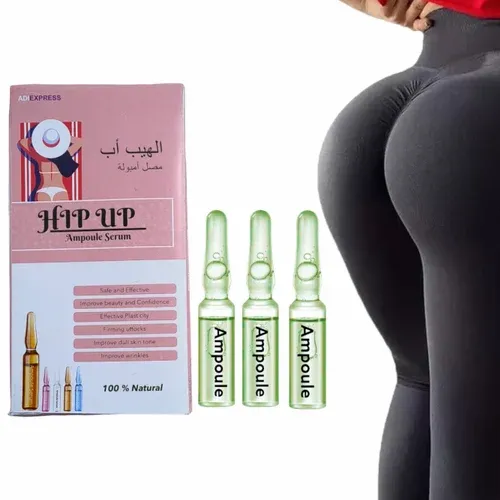What is Buttock Whitening?
Buttock whitening is a cosmetic process aimed at reducing hyperpigmentation and achieving a lighter, more even skin tone on the buttocks. This can involve a range of methods, from over-the-counter products to professional treatments. The primary goal is to address dark spots, discoloration, and uneven skin tones that may result from various factors. It’s important to understand the underlying causes of darkening before embarking on any whitening journey. Seeking professional advice from a dermatologist or skincare specialist can help determine the most suitable and safe approach for your skin type and concerns. The effectiveness of any method can vary depending on the individual and the specific cause of the discoloration.
Causes of Darkening on the Buttocks
Understanding the reasons behind darkening is the first step in addressing the issue effectively. Several factors contribute to this, ranging from everyday occurrences to underlying medical conditions. It is important to know what is causing the darkness on the skin. This can help you determine the best treatment for your skin. It is important to do some research before going through any treatments to ensure they are safe and that you understand them fully. Consulting with a dermatologist can provide clarity, guidance, and a tailored treatment plan to best suit your needs.
Hyperpigmentation Explained
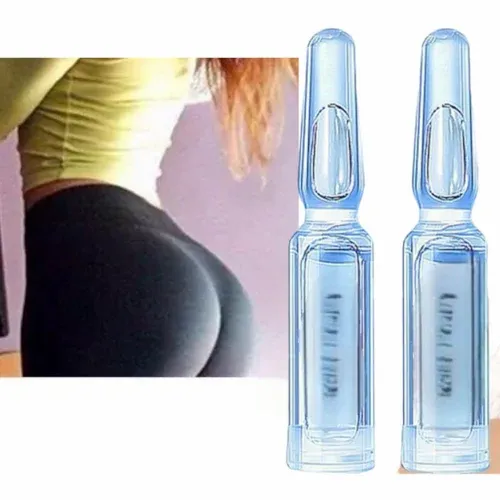
Hyperpigmentation, the primary cause of skin darkening, occurs when the skin produces excess melanin, the pigment responsible for skin color. This can be triggered by various factors such as sun exposure, inflammation, and hormonal changes. The buttocks, being an area often covered and subject to friction, are susceptible to these triggers. Understanding the type of hyperpigmentation, whether it’s post-inflammatory or caused by sun damage, is crucial for selecting the right treatment approach. Addressing the root cause and selecting the correct treatment, you can minimize the appearance of dark spots and even out your skin tone.
Friction and Irritation
Friction from clothing, prolonged sitting, or certain activities can irritate the skin on the buttocks. This irritation can lead to inflammation, which, in turn, triggers increased melanin production and subsequent darkening. Wearing loose-fitting, breathable clothing, especially during workouts or in hot weather, can help minimize friction. Moreover, using gentle, non-irritating soaps and avoiding harsh scrubbing can further reduce the risk of irritation. It’s essential to moisturize the area regularly to keep the skin hydrated and less prone to irritation, thereby reducing the likelihood of hyperpigmentation caused by friction.
Hormonal Changes and Their Impact
Hormonal fluctuations, such as those experienced during pregnancy or due to certain medical conditions, can significantly affect skin pigmentation. Hormonal changes can stimulate melanocyte activity, leading to increased melanin production and darkening of the skin, including the buttocks. In some cases, this darkening may resolve on its own once hormonal levels stabilize. However, in other instances, targeted treatments may be required to lighten the affected area. Consulting with a healthcare professional to understand how hormonal imbalances affect your skin can help you develop an informed skincare strategy and identify potential treatments to mitigate hyperpigmentation.
How to Get Lighter Skin
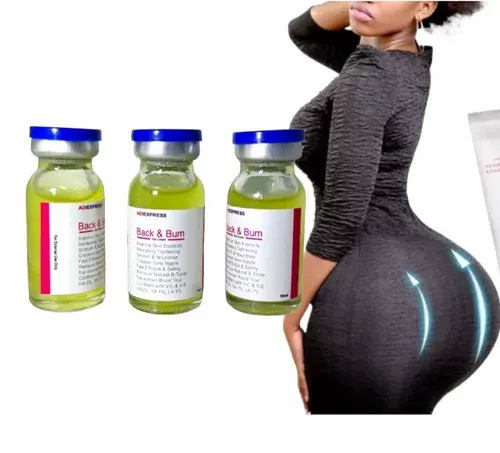
Achieving lighter skin on the buttocks involves a multifaceted approach that addresses the underlying causes of darkening while promoting skin health. The strategies below can be employed to safely and effectively lighten the skin, improve tone, and boost your confidence. It’s essential to implement a consistent skincare routine, be patient, and seek professional guidance to ensure the best possible outcome. Remember that results vary from person to person, so tailoring your approach to your specific needs is crucial. Stay consistent with your routine and give your skin time to adjust to your treatments.
Exfoliation Techniques for Brightening
Exfoliation is a key step in buttock whitening, removing dead skin cells and promoting cell turnover. Regular exfoliation helps to reveal fresher, lighter skin underneath and allows whitening agents to penetrate more effectively. Choose gentle exfoliation methods to avoid irritation, such as chemical exfoliants with ingredients like glycolic or lactic acid, or physical exfoliants like a soft body scrub or loofah. Exfoliate 1-3 times per week, depending on your skin’s tolerance, and always follow with a moisturizer to hydrate and soothe the skin. Always avoid excessive scrubbing. Over-exfoliating can cause irritation, making the skin more susceptible to further discoloration.
Types of Exfoliants
There are two primary types of exfoliants to consider: chemical and physical. Chemical exfoliants use acids to dissolve dead skin cells, with options like AHAs (alpha-hydroxy acids) such as glycolic and lactic acid, and BHAs (beta-hydroxy acids) like salicylic acid. These are generally gentler and more effective for sensitive skin. Physical exfoliants involve manual scrubbing with tools like body scrubs, exfoliating gloves, or brushes. While effective, they can cause irritation if used too aggressively. Choose the method that best suits your skin type and sensitivities, and always start with a low concentration or gentle scrub to assess your skin’s response. Always follow with a hydrating moisturizer after exfoliating.
Chemical Peels and Their Role
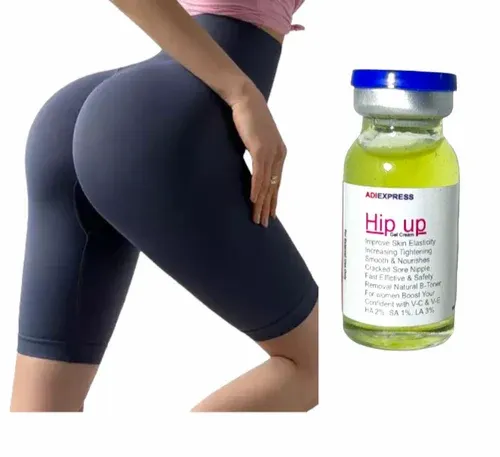
Chemical peels, usually administered by a dermatologist or skincare professional, are a more intensive form of exfoliation. They use a chemical solution to remove the outer layers of the skin, promoting cell turnover and reducing hyperpigmentation. The strength of the peel varies from superficial to deep, depending on the concentration and type of acid used. Chemical peels can be highly effective for treating stubborn discoloration, but they require a recovery period and may cause some redness, peeling, and sensitivity. It is extremely important to follow aftercare instructions, which may include avoiding sun exposure and using specific skincare products. Chemical peels should be administered by a professional to ensure safety and effectiveness.
The Importance of Moisturizing
Moisturizing is a critical component of any buttock whitening routine. Hydrated skin functions better, heals faster, and is less prone to irritation and hyperpigmentation. Applying a moisturizer daily, especially after showering or exfoliating, helps to maintain the skin’s natural barrier, lock in moisture, and soothe the skin. Choose a moisturizer that is appropriate for your skin type and free from harsh chemicals, fragrances, and irritants. Look for ingredients like hyaluronic acid, ceramides, and shea butter to hydrate and protect the skin. Regular moisturizing can significantly improve the effectiveness of whitening treatments and promote healthier, brighter skin.
Choosing the Right Moisturizers
Selecting the right moisturizer is essential for optimizing your buttock whitening efforts. Consider your skin type when making your choice. If you have dry skin, look for thick, emollient creams or lotions containing ingredients like shea butter, cocoa butter, or mineral oil. For oily or acne-prone skin, opt for lighter, non-comedogenic formulas that won’t clog pores. Moisturizers containing hyaluronic acid can provide intense hydration for all skin types. Furthermore, consider products that include skin-brightening ingredients like niacinamide or vitamin C to enhance the whitening process. Always read product labels and select products free of potential irritants, such as fragrances or alcohol.
Over-the-Counter Whitening Products
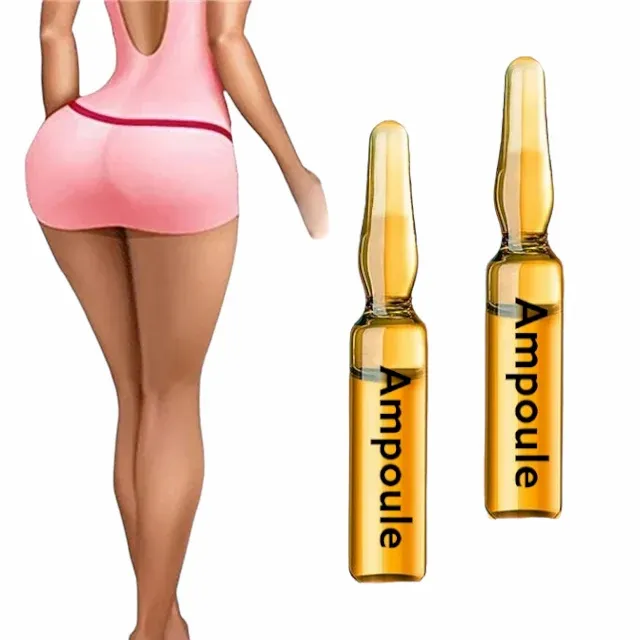
Numerous over-the-counter products are available to help lighten the skin on the buttocks. These products typically contain ingredients that inhibit melanin production or promote skin cell turnover. While they can be effective for mild to moderate hyperpigmentation, it’s important to approach them with caution and choose products with well-researched ingredients. Start slowly with a small amount and gradually increase usage as your skin tolerates. Always perform a patch test before applying a new product over a large area to check for any adverse reactions. Be consistent with your use of these products for best results, but also understand that over-the-counter treatments may not be as potent as professional treatments.
Ingredients to Look For
When selecting over-the-counter products for buttock whitening, look for key ingredients known for their skin-lightening properties. Some effective ingredients include hydroquinone (available in certain concentrations), kojic acid, azelaic acid, vitamin C, niacinamide, and arbutin. These ingredients work by reducing melanin production or promoting cell turnover. Always check the product label for the concentration of these ingredients and follow the manufacturer’s instructions carefully. It’s important to note that some ingredients, such as hydroquinone, may require a prescription in certain areas. If you’re unsure, consult with a dermatologist to determine the best combination of ingredients for your needs. Be sure to perform a patch test on a small area of skin before applying any new product to a larger area.
Professional Treatments and Procedures
For more severe hyperpigmentation, professional treatments administered by dermatologists or licensed skincare specialists can provide more effective results. These treatments often involve stronger concentrations of active ingredients or advanced technologies that are not available in over-the-counter products. While these procedures may be more expensive and require downtime, they can significantly improve skin tone and texture, offering a quicker and more dramatic impact. Prior to undergoing any professional treatment, a consultation with a skincare professional is essential to assess your skin type, determine the cause of the hyperpigmentation, and create a customized treatment plan that aligns with your specific needs and expectations.
Laser Therapy Options
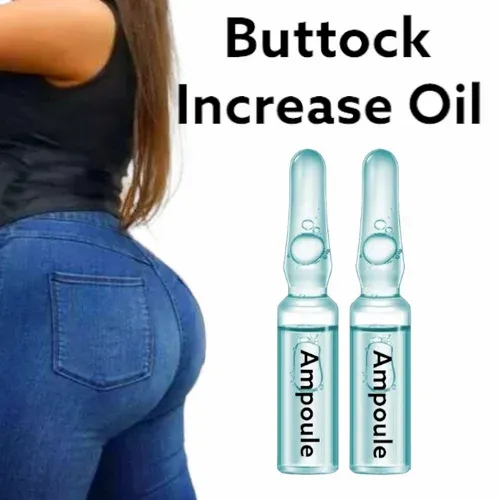
Laser therapy is a popular professional treatment for buttock whitening. Lasers target melanin in the skin, breaking down the pigment and promoting a more even skin tone. Several types of lasers are used for this purpose, including Q-switched Nd-YAG lasers and fractional lasers. The number of treatments needed varies depending on the severity of the hyperpigmentation and the type of laser used. Laser treatments may cause temporary redness, swelling, and sensitivity. It is crucial to select a board-certified dermatologist or experienced laser technician who can properly assess your skin type and adjust the laser settings accordingly to minimize any potential risks. The results of laser therapy can be dramatic, and the procedure offers a targeted and effective solution for stubborn discoloration. Following the professional’s instructions after the procedure is crucial for proper healing and to ensure optimal outcomes.
Maintaining Results and Prevention
Maintaining the results of buttock whitening and preventing future darkening requires consistent skincare practices and lifestyle adjustments. This includes using sunscreen, avoiding friction, and practicing healthy habits that promote skin health. Consistency is the key to long-term success. By adopting these habits and consistently sticking with them, you can ensure that your skin remains bright, even-toned, and healthy. Remember that skin care is a journey, and the best results come from a combination of treatments, lifestyle choices, and a commitment to looking after your skin.
Sun Protection and Its Significance
Sun protection is critical for preventing hyperpigmentation. Prolonged sun exposure can stimulate melanin production, leading to the darkening of the buttocks. Apply a broad-spectrum sunscreen with an SPF of 30 or higher to the area every day, even on cloudy days. Reapply sunscreen every two hours, especially after swimming or sweating. If you spend significant time outdoors, wear protective clothing such as loose-fitting pants or skirts. Avoiding excessive sun exposure and consistently using sunscreen will help protect the skin from further damage and help maintain the results of any buttock whitening treatments. Sunscreen not only prevents darkening but also protects against skin aging and the risk of skin cancer.
Lifestyle Adjustments for Healthy Skin
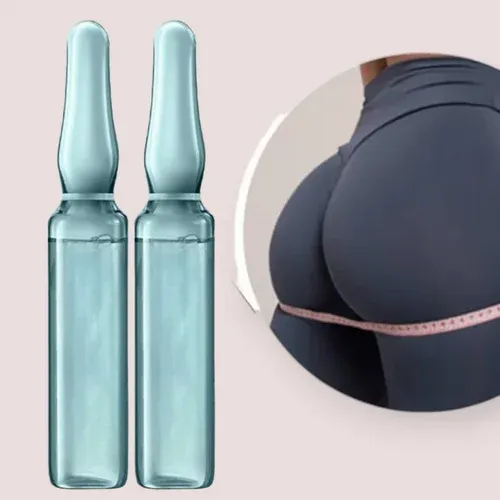
Certain lifestyle adjustments can significantly impact skin health and help prevent buttock darkening. Choose breathable fabrics to minimize friction. Maintain a healthy weight through diet and exercise, as this can reduce friction and irritation. Stay hydrated to support skin health and promote cell turnover. Avoid smoking and limit alcohol consumption, as these habits can negatively affect skin tone and health. It is important to practice a healthy lifestyle and avoid prolonged sitting as much as possible. Adopting these lifestyle changes in addition to a consistent skincare routine can contribute to lasting results and overall skin health. Regular exercise, a balanced diet, and sufficient sleep also play a crucial role in maintaining healthy skin.
